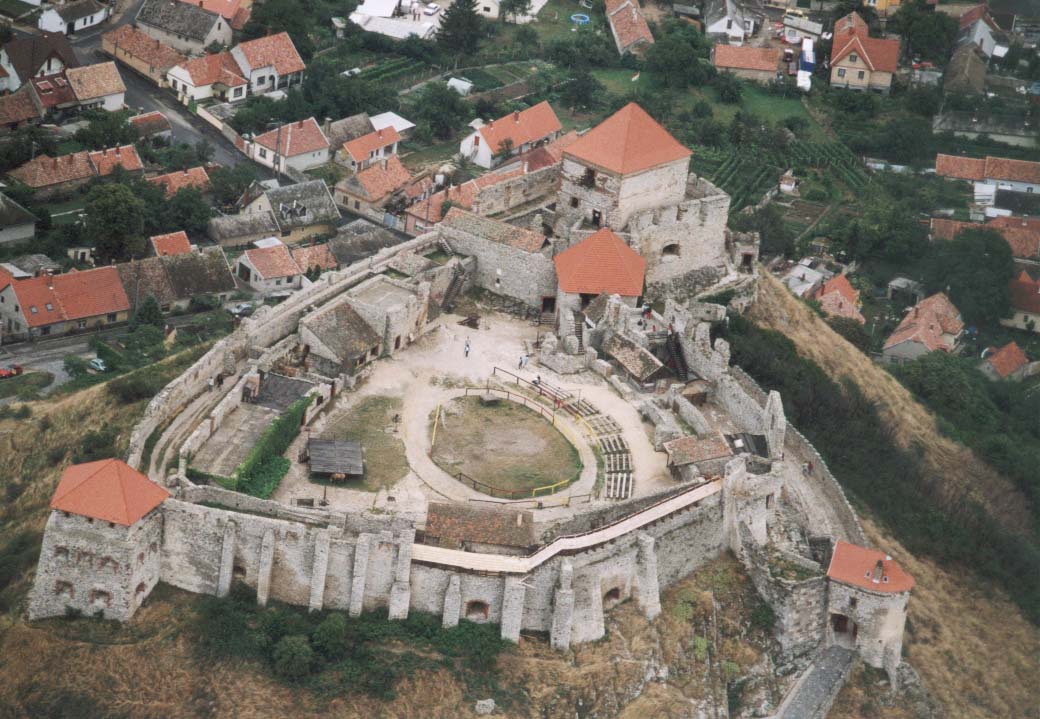Hungary is home to numerous remarkable architectural masterpieces, boasting a collection of 25 historic castles, palaces, mansions, and manor houses that are truly captivating.
Below, you’ll find an assortment of photos showcasing these splendid structures, providing an excellent opportunity to explore and decide which ones you’d love to visit or simply enjoy visually (as I do).
1. The Castle of Beidermann
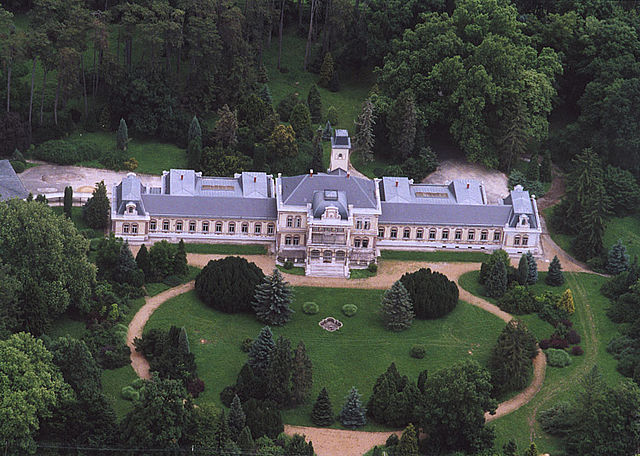
Erected under the commission of Baron Rudolf von Biedermann in the Art Nouveau style, the Beidermann Castle, situated in Szentegát, Hungary, stands as a testament to architectural brilliance. Designated as a National Monument, this castle remains a cherished gem.
Noteworthy Details:
– Location: Szentegát, Hungary
– Construction Period: Unclear
– Builder: Baron Rudolf von Biedermann
– Architectural Style: Art Nouveau
– Current Status: Monument
– Ownership: Kingdom of Hungary
2. Bojnice Castle
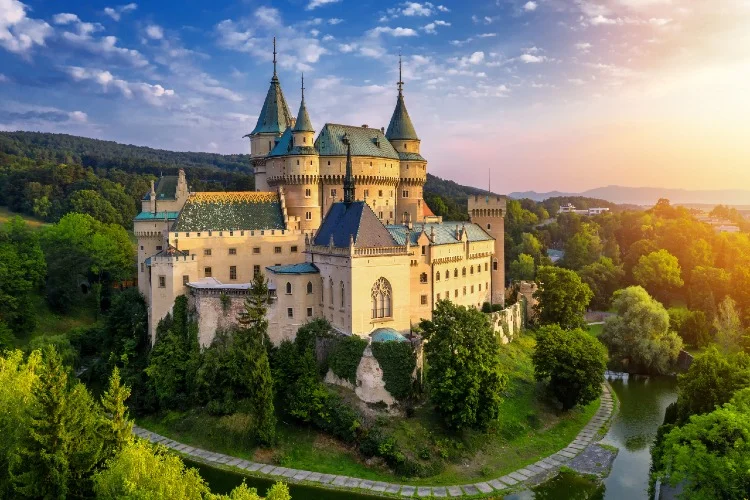
Nestled in Bojnice, Slovakia, the Bojnice Castle dates back to the 12th century. Originally a wooden fortress, it underwent gradual transformation into a stone stronghold. Over the years, it changed hands multiple times, witnessing renovations in Renaissance style by the Thurzó family, followed by subsequent additions. Today, it serves as a museum for both Hungary and Slovakia.
Noteworthy Details:
– Location: Bojnice, Slovakia
– Construction Period: 12th century (reconstructed in the 16th century)
– Builder: Reconstructed by the Thurzó family
– Architectural Style: Renaissance
– Current Status: Museum
– Ownership: Kingdom of Hungary, Slovakia
3. Bory Castle
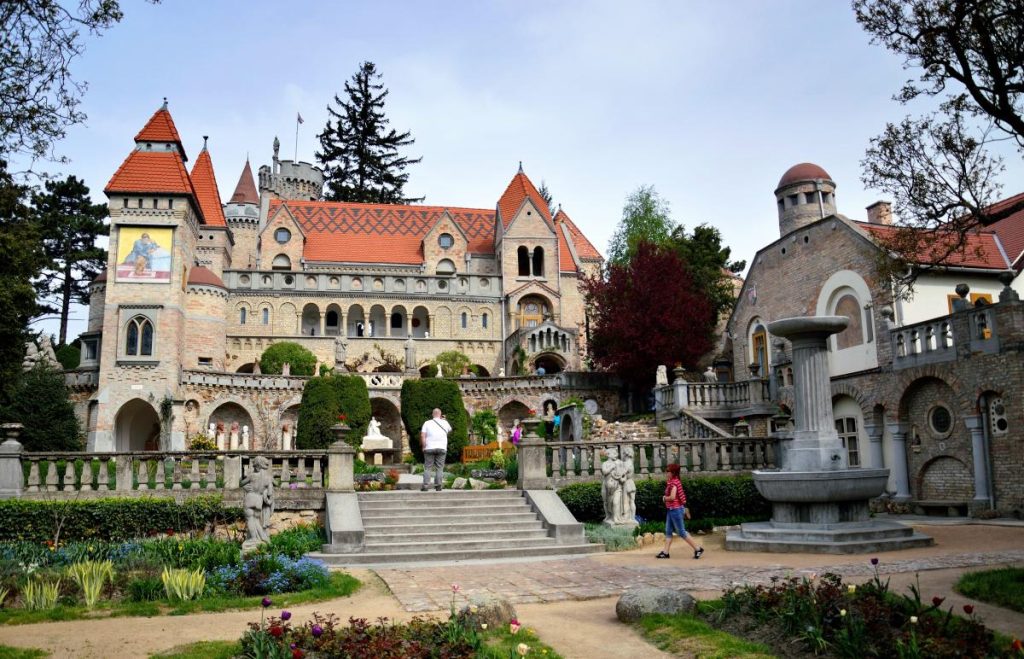
Hungarian sculptor and architect Jeno Bory crafted the Bory Castle, an extraordinary example of his talent. Constructed between 1923 and 1959, this castle harmoniously blends elements from the Gothic, Renaissance, and Romanesque styles. Initially opened to the public in 1934, the Bory Castle remains a private museum owned by the Bory family.
Noteworthy Details:
– Location: Székesfehérvár, Hungary
– Construction Period: 1923-1959
– Builder: Hungarian sculptor and architect Jeno Bory
– Architectural Style: Renaissance, Gothic, Romanesque
– Current Status: Private Museum
– Ownership: Bory family
4. Brunszvik Mansion
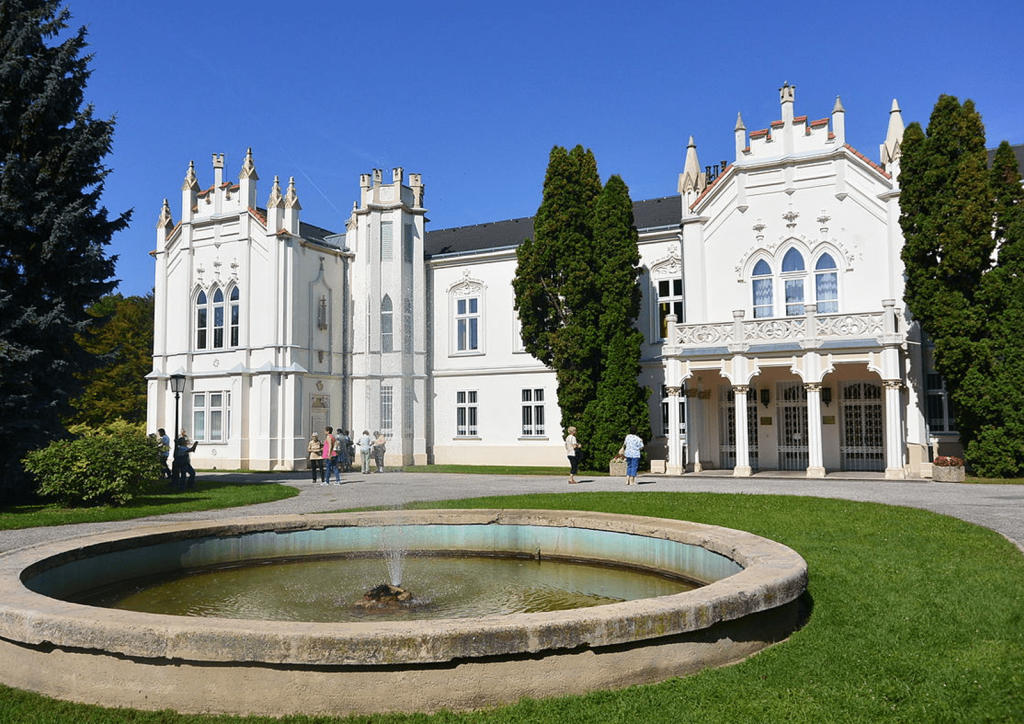
The Brunszvik Mansion, replacing an 18th-century Baroque structure devastated by Turkish wars, was designed in Neo-Gothic style by Count Anthony Brunszvik. Notably, the Brunszvik family established Hungary’s first nursery school in 1828. Presently, the mansion houses the headquarters of the Agricultural Research Institute of the Hungarian Academy of Sciences.
Noteworthy Details:
– Location: Martonvásár, Hungary
– Construction Period: 19th century
– Builder: Count Anthony Brunszvik
– Architectural Style: Neo-Gothic
– Current Status: Headquarters of the Agricultural Research Institute of the Hungarian Academy of Sciences
– Ownership: Town of Martonvásár
5. Budapest Royal Castle
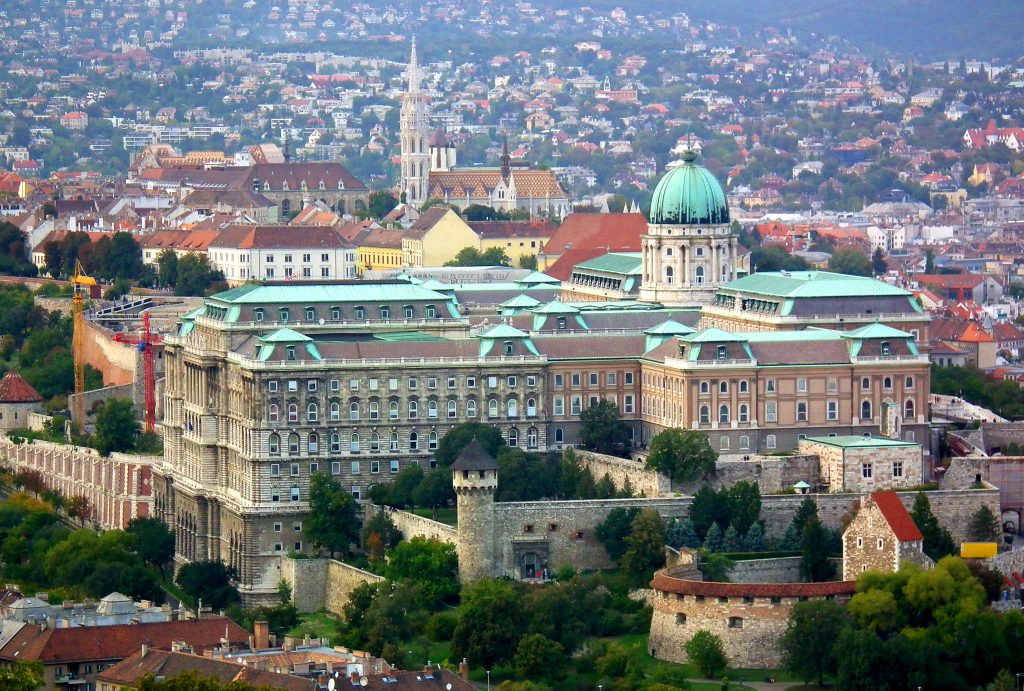
The Budapest Royal Castle has endured countless reconstructions and damages over the centuries. Initially constructed between 1247 and 1265 by King Béla IV of Hungary, subsequent owners maintained its magnificent Gothic appearance while incorporating Renaissance, Baroque, and Neoclassical elements. This castle has become a renowned European tourist attraction and is listed as a UNESCO World Heritage Site.
Noteworthy Details:
– Location: Budapest, Hungary
– Construction Period: 1247-1265
– Builder: King Béla IV of Hungary
– Architectural Style: Gothic, Renaissance, Baroque, Neoclassical, Medieval
– Current Status: UNESCO World Heritage Site, Tourist Attraction
– Ownership: City of Budapest
6. Bükkösd Castle
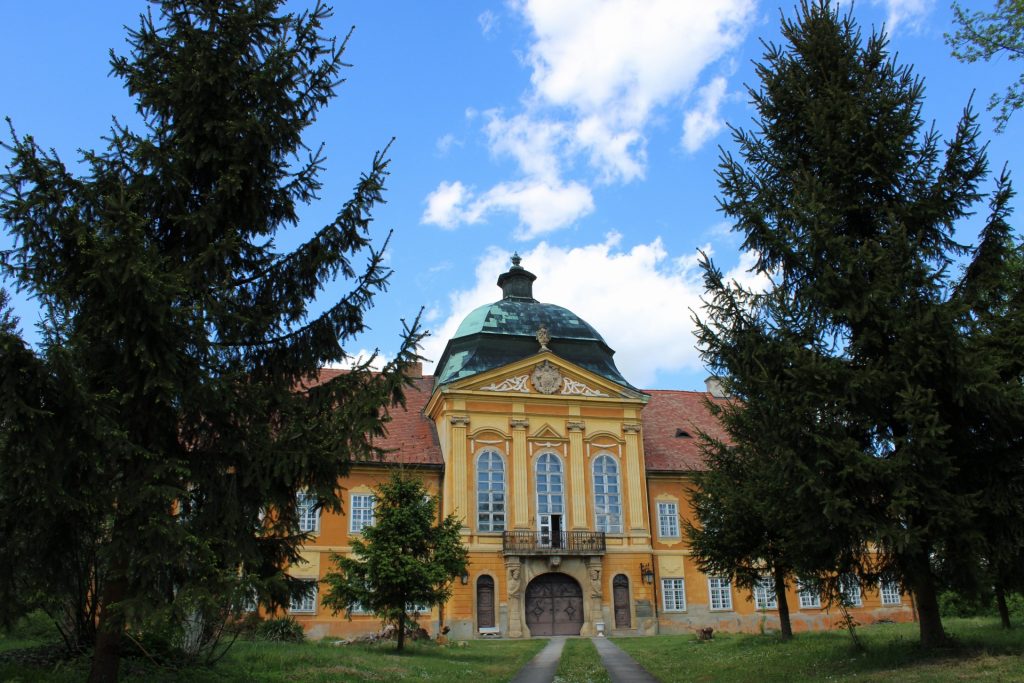
Renowned as Hungary’s most stunning privately-owned Baroque castle, the Bükkösd Castle was designed by Fischer von Erlach, the famous architect of Maria Theresa. Commissioned in 1736 by Zsigmond Petrovszky for his daughter and son-in-law, it stands as a privately owned property accessible to the public at no charge.
Noteworthy Details:
– Location: Bükkösd, Hungary
– Construction Period: 1736
– Builder: Fischer von Erlach
– Architectural Style: Baroque
– Current Status: Open to the public
– Ownership: Private owner
7. Biedermann Castle
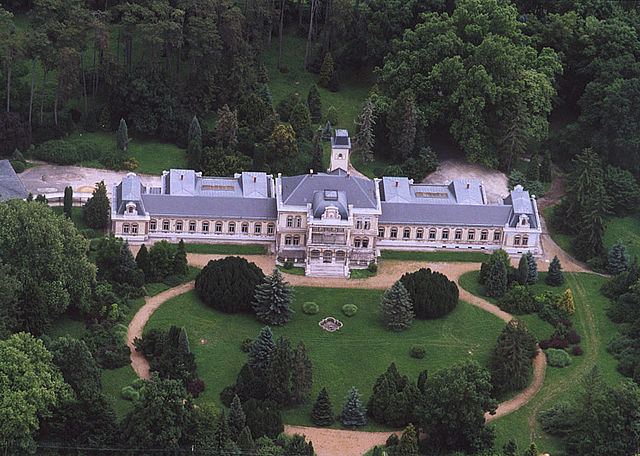
Situated in Szentegát, Hungary, the Biedermann Castle belonged to the Biedermann Baron family. Architect Josef Baldauf created this architectural marvel in the Art Nouveau style under the commission of Baron Rudolf von Biedermann. It is now recognized as a National Monument.
Noteworthy Details:
– Location: Szentegát, Hungary
– Construction Period: Unclear
– Builder: Baron Rudolf von Biedermann
– Architectural Style: Art Nouveau
– Current Status: Monument
– Ownership: Kingdom of Hungary
8. Château de la Motte

Originally a Viking Motte-and-bailey castle, the Château de la Motte in Normandy, France, underwent reconstruction in the late 16th and early 18th centuries. Built by the Ango family in a bourgeois style, it later came under the ownership of a Dutch businessman. While privately owned, the château welcomes visitors as a popular tourist destination.
Noteworthy Details:
– Location: Normandy, France
– Construction Period: 16th century
– Builder: Bourgeois Ango family
– Architectural Style: Baroque
– Current Status: Open to the public, Tourist Attraction
– Ownership: Private owner
9. Esterháza Castle

Renowned as Hungary’s grandest Rococo edifice, Esterháza Castle, also known as the “Hungarian Versailles,” was constructed in 1762 by Prince Nikolaus Esterházy. The castle’s architectural plans were entrusted to Johann Ferdinand Mödlhammer and later completed by Melchior Hefele. Notably, composer Joseph Haydn resided in the estate from 1766 to 1790. Today, Esterháza Castle welcomes the public as a cultural attraction.
Noteworthy Details:
– Location: Fertőd, Hungary
– Construction Period: 1762
– Builder: Prince Nikolaus Esterházy
– Architectural Style: Rococo, Baroque
– Current Status: Open to the public, Tourist Attraction
– Ownership: Kingdom of Hungary
10. Festetics Castle

The construction of the Festetics Palace in Keszthely, Zala, Hungary commenced in 1745, lasting for over a century. Kristóf Festetics initiated the project, followed by architects Viktor Rumpelmayer, Gusztáv Haas, and Miksa Paschkisch. Today, this Baroque architectural masterpiece ranks among Hungary’s three largest country houses, offering visitors a glimpse of its splendor.
Noteworthy Details:
– Location: Keszthely, Hungary
– Construction Period: 1745
– Builders: Kristóf Festetics, Viktor Rumpelmayer, Gusztáv Haas, Miksa Paschkisch
– Architectural Style: Baroque
– Current Status: Open to the public, Tourist Attraction
– Ownership: Kingdom of Hungary
11. Forgacs Mansion
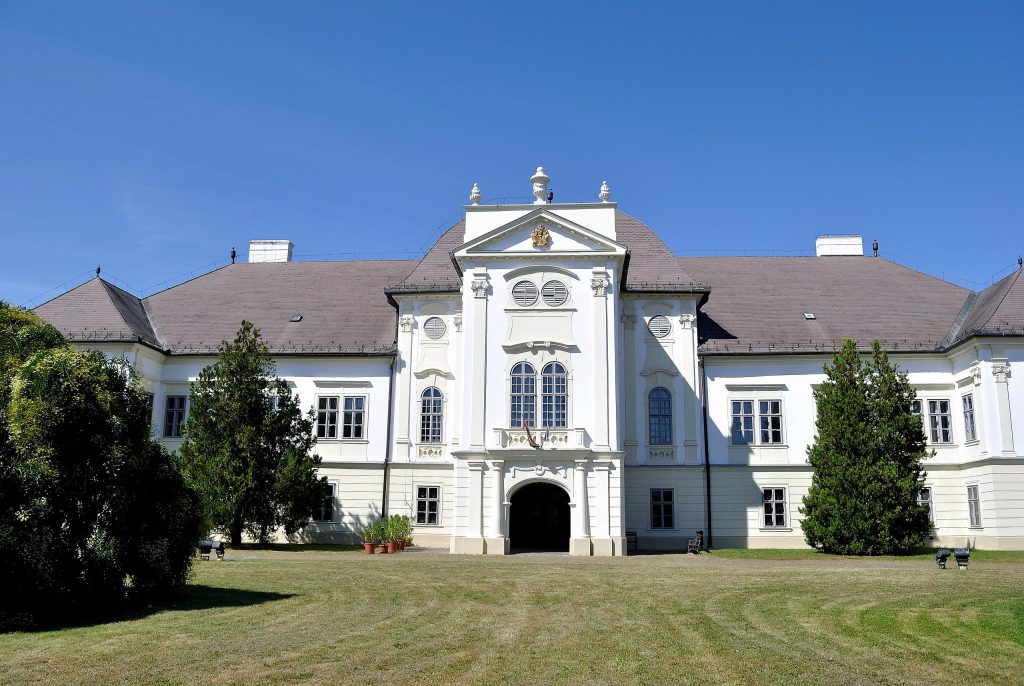
The captivating Forgacs Mansion in Hungary holds a rich history within its walls. Though the original builder remains unknown, this architectural gem emerged during the 19th century. The mansion’s fusion of Baroque and Neoclassical elements creates a stunning representation of architectural harmony, exemplifying intricate detailing and balanced proportions.
Noteworthy Details:
– Location: Hungary
– Construction Period: 19th century
– Builder: Unknown
– Architectural Style: Blend of Baroque and Neoclassical
– Current Status: Open to the public, Tourist Attraction
– Ownership: Private owner
12. Royal Palace of Gödöllő

As one of Hungary’s most significant and expansive palaces, the Royal Palace of Gödöllő holds a prominent place in Hungarian architectural history. Built in 1733 by Count Antal Grassalkovich, it became the favored residence of Queen Elisabeth of Hungary. Initially a coronation gift, the palace was purchased by the Hungarian state in 1867 and bestowed upon Emperor Francis Joseph and Queen Elisabeth.
Noteworthy Details:
– Location: Gödöllő, Hungary
– Construction Period: 1733
– Builder: Count Antal Grassalkovich
– Architectural Style: Baroque
– Current Status: Private tourist spot
– Ownership: Kingdom of Hungary
13. Hoyos Castle
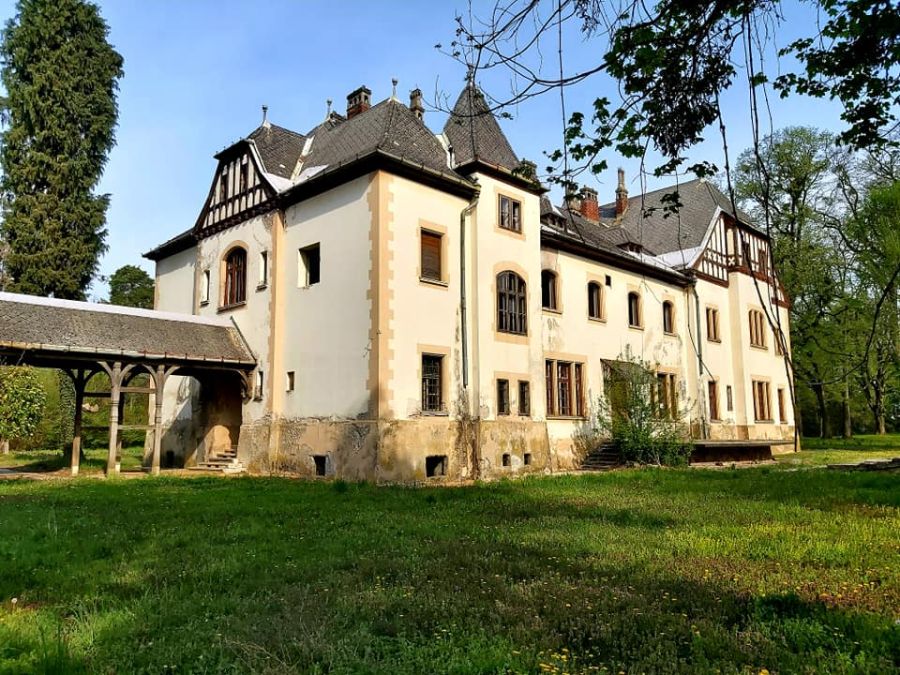
Constructed in 1910 in the Romantic style, Hoyos Castle was the brainchild of Count Hoyos Miksa. Currently owned by an entrepreneur, it remains a private property not accessible to the public. However, the owner is actively seeking a buyer for this remarkable castle.
Noteworthy Details:
– Location: Lad, Hungary
– Construction Period: 1910
– Builder: Count Hoyos Miksa
– Architectural Style: Romantic style
– Current Status: Private property, For sale
– Ownership: Private owner
14. Grassalkovich Mansion
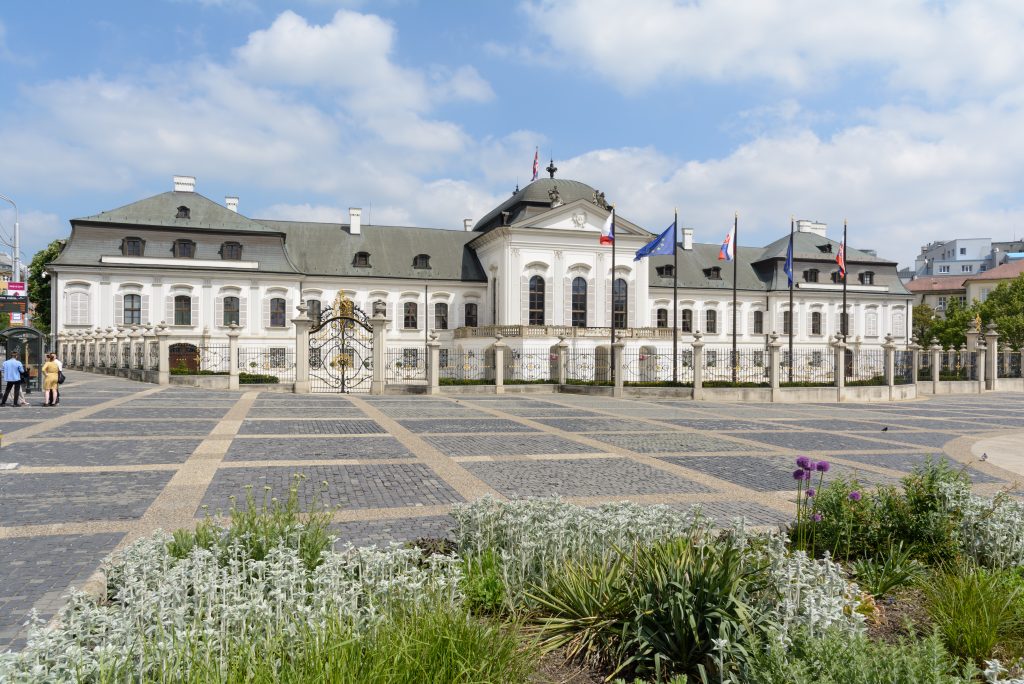
The Grassalkovich Mansion, located in Hatvan, Hungary, was built for Count Anton Grassalkovich and his esteemed family. As one of the wealthiest families in the Habsburg Empire, they employed architects József Jung and Ignac Oratchekin for its construction. Over time, the Hatvany-Deutsch family took ownership, introducing Neo-Baroque elements to the mansion’s striking staircase. In the mid-1980s, it was transformed into the Grassalkovich House of Culture.
Noteworthy Details:
– Location: Hatvan, Hungary
– Construction Period: 18th century
– Builder: Count Anton Grassalkovich
– Architectural Style: Baroque, Rococo
– Current Status: Cultural Educational Center
– Ownership: Grassalkovich House of Culture
15. Károlyi Castle
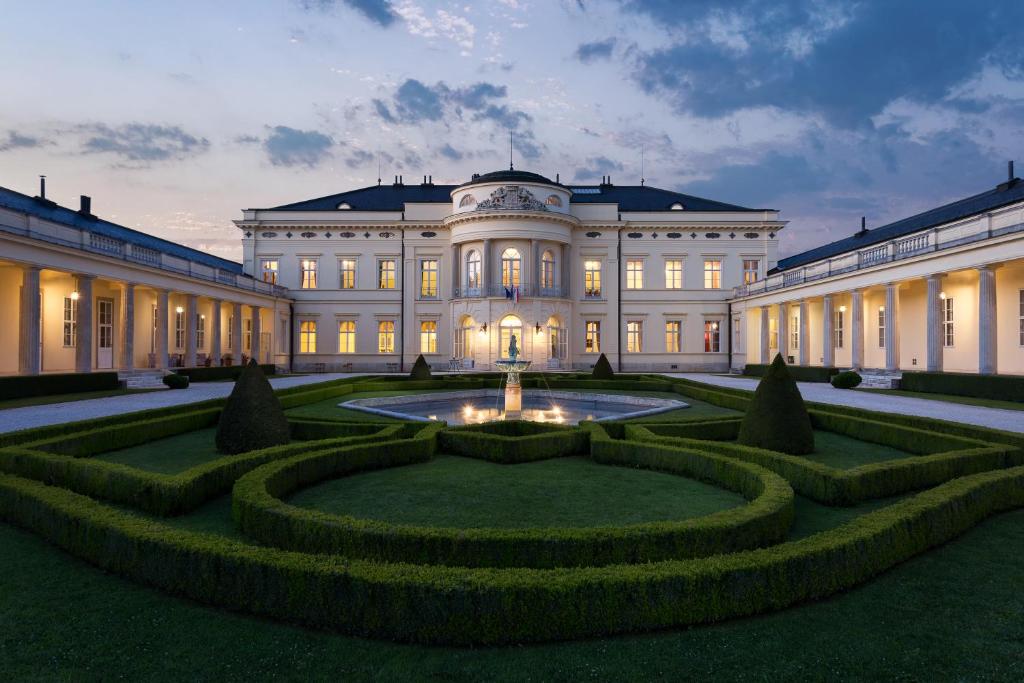
The Károlyi Castle, situated in Carei, takes its name from the esteemed Károlyi noble family. It is believed to have been erected between the late 15th and early 16th centuries as a defensive fortress against the invading Turks. Károlyi Antal advised his family to restore the castle as a residential property between 1732 and 1791, though his vision was not realized before his passing. Subsequently, a baroque castle replaced the former fort. In 1907, the Károlyi family left the castle, which was then acquired by the Municipality of Carei and transformed into a Historical Museum.
Noteworthy Details:
– Location: Carei, Romania
– Construction Period: 15th century
– Builder: Károlyi noble family
– Architectural Style: Baroque
– Current Status: Historical Museum
– Ownership: Municipality of Carei
16. Lillafured Palace

Built between 1927 and 1930, the Lillafured Palace in Lillafüred, Hungary, showcases the splendid Neo-Renaissance style envisioned by Kálmán Lux. Serving as an elegant hotel with an internal restaurant, the palace derives its name from King Matthias, evoking a sense of regality.
Noteworthy Details:
– Location: Lillafüred, Hungary
– Construction Period: 1927-1930
– Builder: Kálmán Lux
– Architectural Style: Neo-Renaissance style
– Current Status: Palace Hotel
– Ownership: Town of Lillafüred
17. Margitligeti Kastély
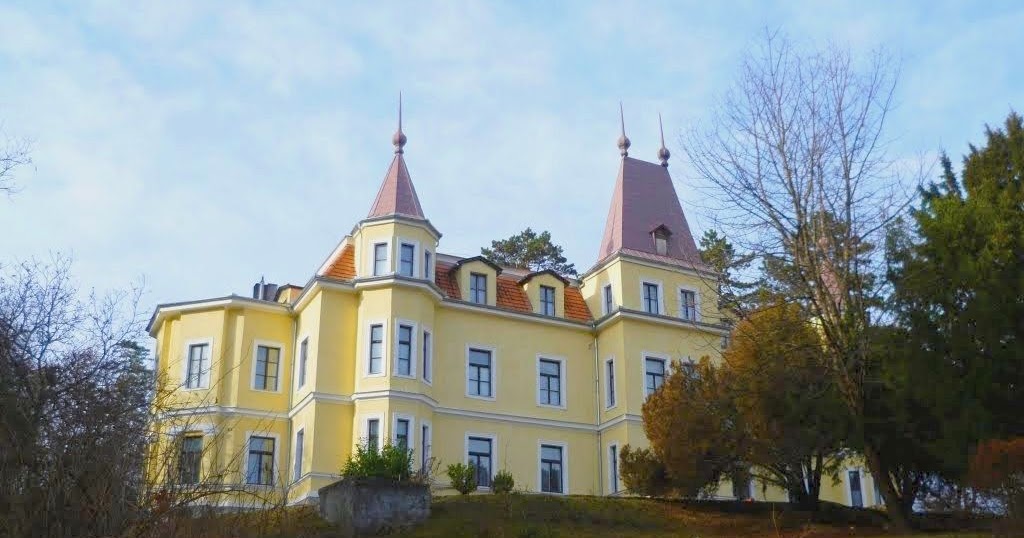
Originally built as a sanatorium in 1897-98 by Dr. Martin Sándor, the Margitligeti Kastély later served as a military house during 1917. Following this, it provided services under the Catholic Church’s missionary sisters. Since 1950, it has served as the Institute for Special Needs Education’s home. Recently, it was acquired by the Missionary Sisters, opening its doors to pilgrims.
Noteworthy Details:
– Location: Csobánka, Hungary
– Construction Period: 1897-98
– Builder: Dr. Martin Sándor
– Architectural Style: Neo-Renaissance style
– Current Status: Open for pilgrims
– Ownership: Missionary Sisters
18. Acsaujlak Castle

The Acsaujlak Castle, located in Acsaujlak, Hungary, was constructed between 1907 and 1910 at the behest of Baron Prónay Dezső for his daughter, Iphigene. Initially operating as one of the first Hungarian castle hotels in the mid-20th century, it later transitioned into private ownership. While privately owned, the castle allows visitors to tour the premises with the guidance of castle-provided tour guides. Additionally, it can be rented for weddings and other events.
Noteworthy Details:
– Location: Acsaujlak, Hungary
– Construction Period: 1907-1910
– Builder: Baron Prónay Dezső
– Architectural Style: Baroque architecture
– Current Status: Open for private tours, Available for weddings and events
– Ownership: Private owner
19. Schossberger Castle

Originally believed to be constructed in the 12th century as the Board noble families’ main house, the Schossberger Castle boasts a fascinating history. Baron Sigmund Schossberger acquired the estate in 1883, utilizing it as a summer residence. Architect Miklós Ybl redesigned the castle in the French Neo-Renaissance style. The castle witnessed occupation by German and Soviet forces during World War II, eventually falling into abandonment. Recognized as a national monument by the town of Tura, it welcomes the public, although rumors persist of haunting within its walls. Many people even speculate that it served as the inspiration for Cinderella’s mansion in Disney’s tale.
Noteworthy Details:
– Location: Tura, Hungary
– Construction Period: 1883
– Builder: Baron Sigmund Schossberger
– Architectural Style: French Neo-Renaissance style
– Current Status: Abandoned, National Monument, Open to the public
– Ownership: Private owner
20. Simontornya Castle
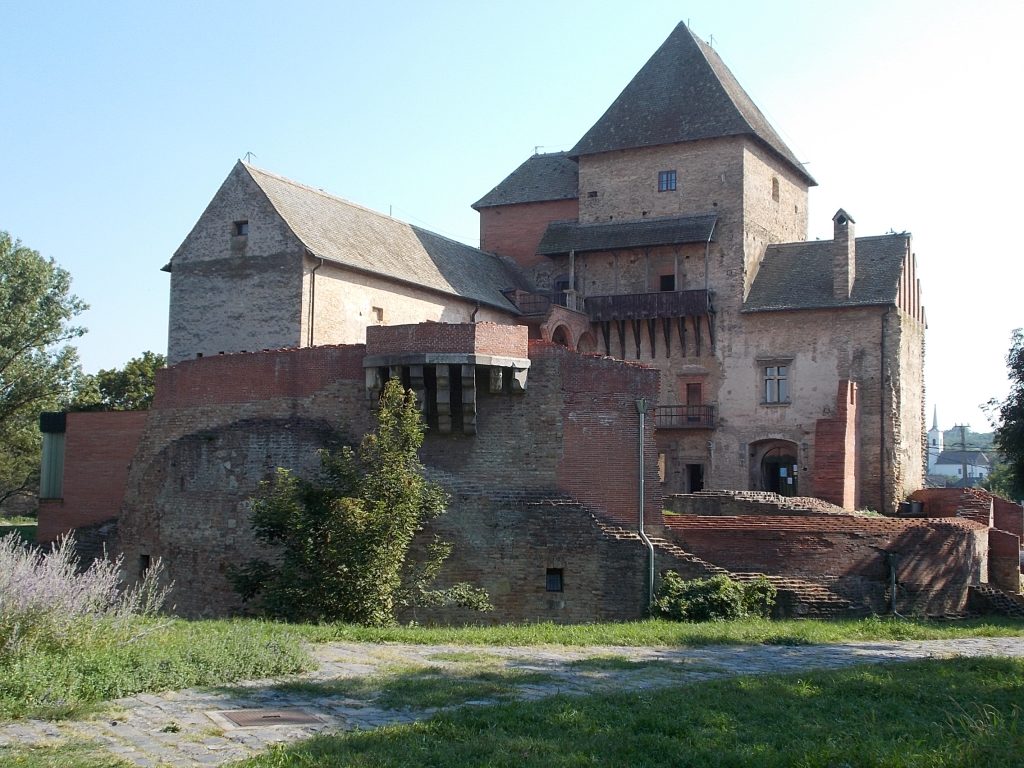
Constructed in the 13th century by the 7th Hungarian King, Solomon, the Simontornya Castle holds a significant place in Hungary’s architectural heritage. Owners throughout history have contributed to its renovation and improvement. Donated to the Sty
rum-Limburg family during the 1720s, the castle has since been transformed into a museum, currently maintained by the Kingdom of Hungary.
Noteworthy Details:
– Location: Simontornya, Hungary
– Construction Period: 13th century
– Builder: 7th Hungarian King, Solomon
– Architectural Style: Gothic style, Renaissance style
– Current Status: Museum
– Ownership: Kingdom of Hungary
21. Sümeg Castle
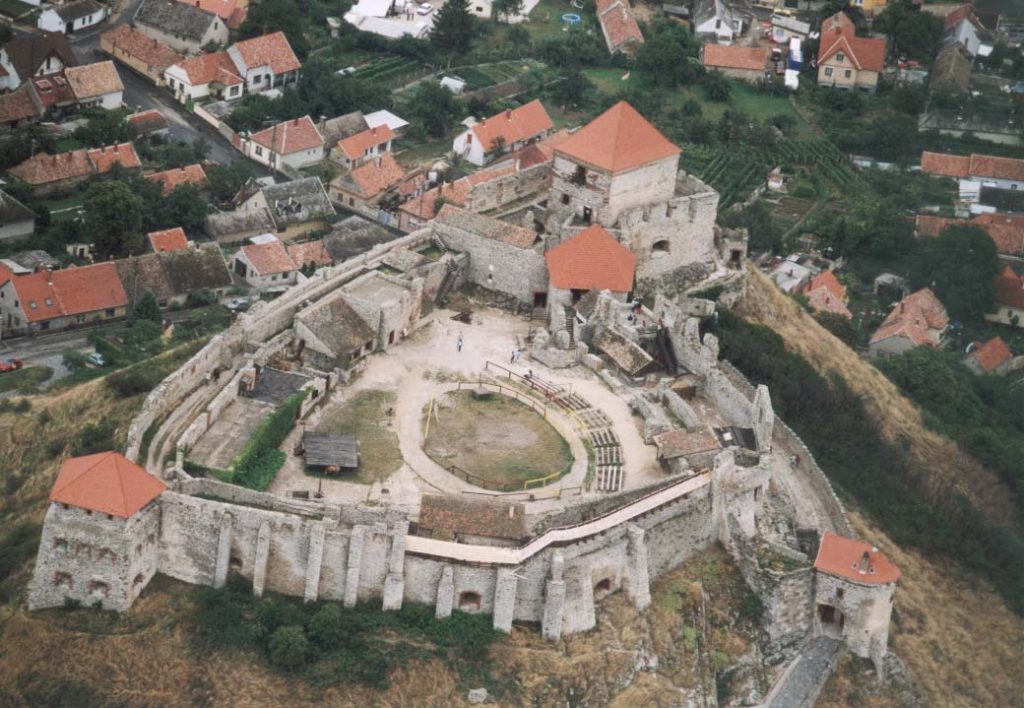
Perched atop Castle Hill in Sümeg, Hungary, the Sümeg Castle emerged in the mid to late 13th century under the supervision of Béla IV of Hungary. The castle served as a residence during the Mongolian invasion from 1241 to 1242. Later, it was presented as a gift to the Roman Catholic Archdiocese of Veszprém by Stephen V of Hungary. Today, this remarkably well-preserved fortress, privately owned, stands as a magnificent tourist attraction.
Noteworthy Details:
– Location: Sümeg, Hungary
– Construction Period: 13th century
– Builder: Béla IV of Hungary
– Architectural Style: Medieval architecture
– Current Status: Tourist attraction
– Ownership: Private owner
22. Tata Castle
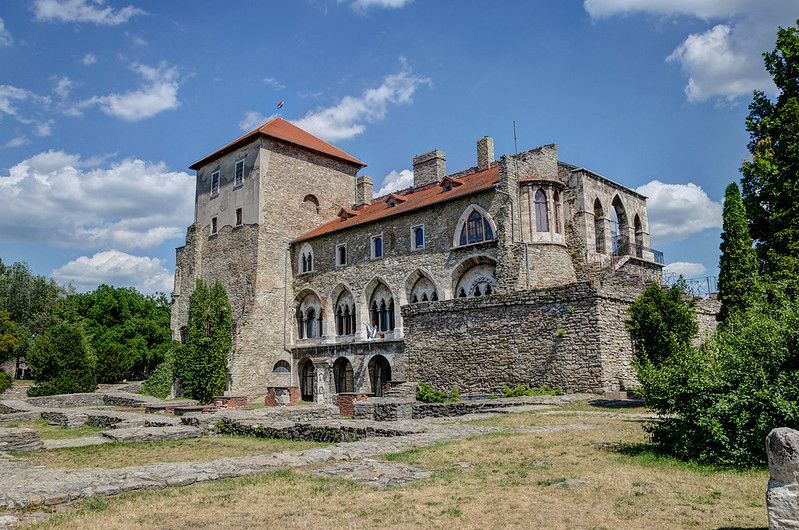
Dating back to the mid-14th century, Tata Castle shines as one of Tata, Hungary’s jewels. It became the favored summer retreat and residence of King Sigismund of Luxembourg. Later, Mátyás Hunyadi embraced the castle as his own cherished residence. Sadly, Habsburg-related fire consumed the castle, prompting extensive renovations and modifications by subsequent owners, the Esterházy family.
Noteworthy Details:
– Location: Tata, Hungary
– Construction Period: 14th century
– Builder: Unknown
– Architectural Style: Medieval architecture
– Current Status: Historical Museum
– Ownership: Domokos Kuny Museum
23. Teleki-Degenfeld Mansion

The Teleki-Degenfeld Mansion in Szirák, Hungary, stands as one of the country’s most beautiful baroque mansions. Constructed in 1748, it exudes elegance and charm. Since 2002, it has operated as a four-star hotel under the esteemed international holiday resort chain, Forever Resorts.
Noteworthy Details:
– Location: Szirák, Hungary
– Construction Period: 1748
– Builder: Unknown
– Architectural Style: Baroque architecture
– Current Status: 4-star Hotel
– Ownership: Forever Resorts
24. Vajdahunyad Castle
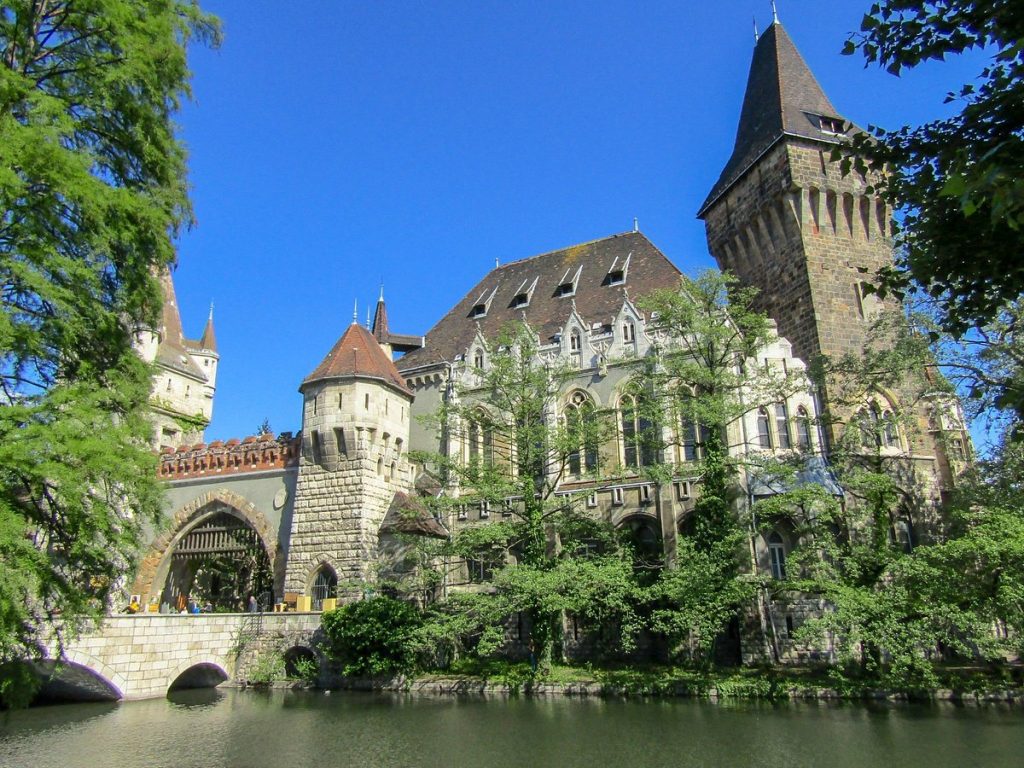
Designed by Ignác Alpár and completed in 1896, Vajdahunyad Castle stands as a testament to Hungary’s rich architectural history. Combining elements of Romanesque, Gothic, Renaissance, and Baroque styles, this magnificent castle symbolizes 1,000 years of Hungarian architecture. Currently, it houses the Museum of Hungarian Agriculture, the largest agricultural museum in Europe.
Noteworthy Details:
– Location: Budapest, Hungary
– Construction Period: 1896
– Builder: Ignác Alpár
– Architectural Style: Romanesque style, Gothic style, Renaissance style, Baroque architecture
– Current Status: Museum of Hungarian Agriculture
– Ownership: Kingdom of Hungary
25. Vaszary Villa

Originally erected in 1892 by the Vaszary family, the Vaszary Villa underwent a beautiful restoration in 2010, solidifying its position as the crown jewel of Balatonfüred’s cultural quarter. Today, it serves as an art gallery and educational museum, showcasing the magnificent collection of arts and crafts belonging to the renowned painter János Vaszary.
Noteworthy Details:
– Location: Balatonfüred, Hungary
– Construction Period: 1892
– Builder: Vaszary family
– Architectural Style: Neo-Renaissance style
– Current Status: Art Gallery, Educational museum
– Ownership: Cultural quarter of Balatonfüred
